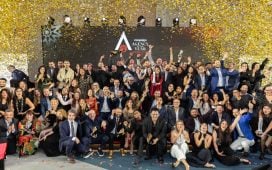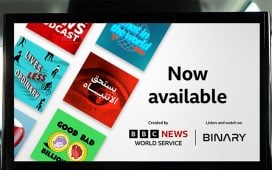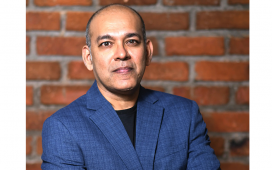Shelina Janmohamed, author of a new book on young Muslim consumers, says faith and consumerism can work in harmony if marketers drop the stereotypes
Welcome to Generation M: the young Muslims who are changing our world.
The numbers are big. Huge, in fact. Sir Martin Sorrell, CEO and founder of the WPP group, says this is “one of the 21st century’s most important economic forces.”
Paul Polman, the CEO of Unilever, explains they are “rapidly representing 25 per cent of the global population” and “deserve all attention and respect”.
They’re right. There’s a segment within a global population of 1.6 billion whose characteristics involve being young, living in some of the fa
To continue reading this article you need to be registered with Campaign. Registration is free and only takes a minute. Register Now or sign in below if you already have an account.









